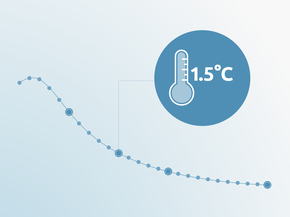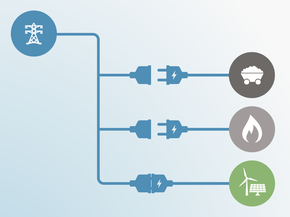Assumptions
Pledge and historical emissions
Singapore provided a national greenhouse gas inventory for 1994, 2000 and 2010, and emission projections for 2020 for a business as usual (BAU) scenario. Data for emissions in between 1994 and 2000 was calculated using linear interpolation and emissions between 2000 and 2010 were taken from the figures presented in the Biennial Update Report (National Environment Agency, 2014)
Singapore is a city-state with one of the highest population densities in the world and is nearly completely dependent on imports for food. Most of the remaining natural areas are sanctuaries. We therefore do not consider emissions related to LULUCF sector for the analysis, as they are negligible.
The target emissions levels we use are taken directly from Singapore’s INDC, where it is clarified that to achieve the 2030 Emissions Intensity level, Singapore’s emissions are expected to stabilise at around 65 MtCO2e based on current projected growth.
Current policy projections
Our current policy emissions pathway relies on energy related CO2 emissions projections of the 6th edition of the energy outlook of the Asia Pacific Energy Research Centre (APERC, 2015) and on non-CO2 projections from the United States Environment Protection Agency (US EPA, 2012); which constitute the most up-to date emissions projections for the country.
Since APERC’s energy outlook includes projections only for energy related CO2 emissions, for our current policy pathway we assume that non-energy related CO2 emissions will remain constant for the whole projection period at the last historical data level available, corresponding to 2010 (IEA, 2014). This assumption is done due to lack of projections for this type of emissions and taking into account their small and decreasing share in total emissions (4% in 1990 and 1% from 2005 to 2010).
We excluded emissions from marine and aviation bunkers when calculating the comparability range which determines the rating. These emissions are nearly three times higher than the rest of Singapore's emissions—with the great majority being related to Singapore’s role as a hub in international shipping.
Further analysis
Latest publications
Stay informed
Subscribe to our newsletter






